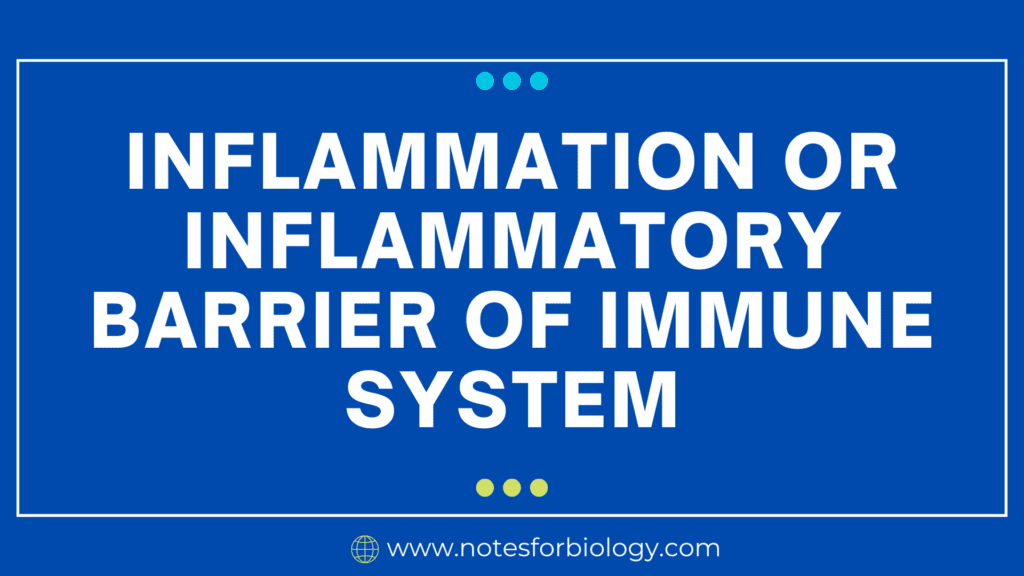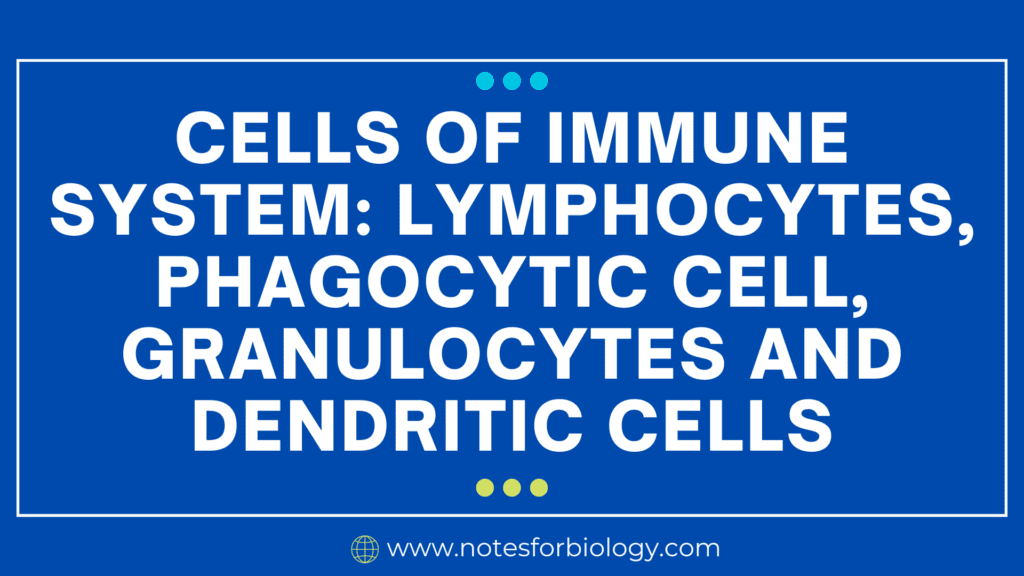Inflammation or Inflammatory barrier of immune system
Inflammation is a natural defense mechanism that the body uses to protect itself from infections, injuries, and harmful substances. It serves as an early response to help the body heal and recover from damage. Simply put, inflammatory response acts as a protective barrier, working to remove harmful stimuli and repair tissues. While it is a […]
Inflammation or Inflammatory barrier of immune system Read More »










